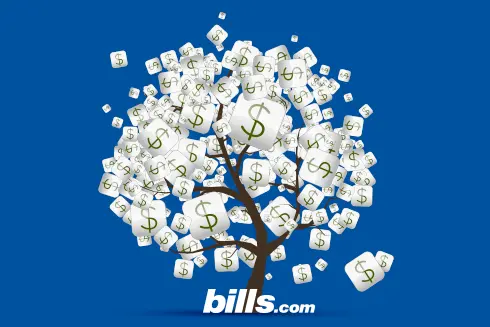
Get rid of your debt faster with debt relief
Choose your debt amount
Or speak to a debt consultant 844-731-0836
How can I get the money to pay off debt so I pay only one bill a month?
I have a credit card that hasn't been paid in 6 years. How can I get the money to pay of this debt and one other so that I'm only paying one bill a month?
The answer to your question depends on your state of residence. In most states, a credit card debt 6 years old will have passed the statute of limitations.
Quick Tip #1
Get a head start. Use Bills.com Debt Coach to learn about the best debt relief option for your financial situation.
Check your state’s statute of limitations for the collection of debts before you decide how you want to resolve this debt. Once the statute of limitation expires, a creditor can still call you to try to collect, and can still report the account to the credit bureaus. However, if the creditor sues you, you would simply tell the court the statute of limitations has expired, and the case should be dismissed. To read more about statute of limitations, and to find out if your debts are past your state’s statute of limitations, review the Bills.com Statute of Limitations Laws by State page.
If you find the statute of limitations in your state has passed, you would do yourself a great disservice by borrowing money to pay off this debt because you have no legal liability to pay it.
As I mentioned, accounts outside the statute of limitations can still appear on your credit report and have a negative impact on your credit score. However, according to the Fair Debt Collection Practices Act, a federal law, negative listings on your credit report must be removed from your report 7 years after the date you last made a payment. Given your debt is already 6 years old, you may want to wait for the account to fall off your credit report on its own. Paying the debt now will not result in its removal from your credit report, or increase your FICO credit score.
Quick Tip #2
take advantage of bills.com quick quote refinance mortgage offers.
As I mentioned, check your state’s statute of limitations for revolving debts, also called open accounts. If you determine that the debt in question is outside your states statute of limitation, there is little reason for you to worry about repaying the debt. If you receive collection calls on this account, you can send the collector a written request to stop calling you. Federal law states third-party collectors must stop calling if you request in writing to cease communications.
Unscrupulous creditors attempt to keep accounts on credit reports longer than they are legally allowed to do so. Get a copy of your credit report from each of the three major credit bureaus — Experian, Equifax, and TransUnion — to check the reported date of last payment matches the date you last paid on the account. You can obtain a free copy of your report from each bureau at AnnualCreditReport.com.
Quick Tip #3
Debt settlement look right to you? Contact one of Bills.com’s pre-screened debt providers for a free debt relief quote.
If your state’s statute of limitations has not expired, consider opening a negotiation to attempt to resolve the debt. If you can access a lump sum of cash, the creditor may settle the account for a fraction of the balance — start at 15 cents on the dollar. If you cannot raise a lump sum to settle the account, offer the creditor an affordable monthly amount to repay the bill over time.
I hope this information helps you Find. Learn. Save.
Best,
Bill

Get rid of your debt faster with debt relief
Take the first step towards a debt-free life with personalized debt reduction strategies.
Choose your debt amount
Or speak to a debt consultant 844-731-0836